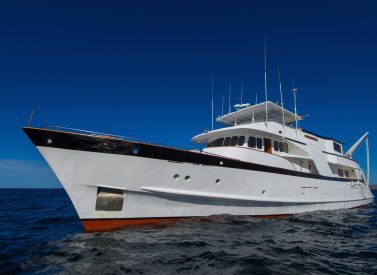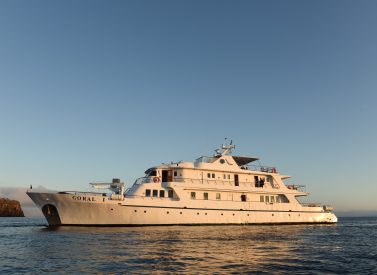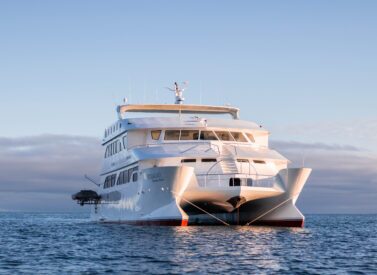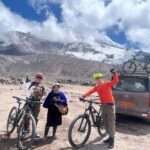
Archipel I, First Class Galapagos Catamaran
Sail the wildlife rich Galapagos
Archipel I and II – first class sister eco catamarans – offer luxury and adventure for a perfect Galapagos holiday.
Discovering the Galapagos Islands on an Archipel yacht ensures great wildlife, guides and accommodation all in one.
You can choose trips of 4, 5 or 8 days length (or longer) with kayaks also available.
Archipel Galapagos cruise
Aboard, you can enjoy the Archipel’s spacious sundecks, bar, library and sun loungers in ample communal areas.
You sleep in beautiful and spacious cabins (twin and doubles available), all with a sea view, hot water and air conditioning.
Staff recycle organic and non-organic waste, helping to make your visit to the wildlife rich Galapagos as eco friendly as possible.
Trip Highlights
Print Share Download as PDF-
Spacious twin and double cabins and ample deck space to enjoy.
-
Being large catamarans, Archipels I & II are very stable in the water.
-
All cabins have sea-view windows, private bathroom, hot/cold shower and air conditioning.
-
Makes the complete loop of the southern and western Islands one week, heads east and north the next - very complete itineraries.
-
Three meals served daily, after-excursion snacks and non-alcoholic beverages.
-
First class yacht offering 4, 5 and 8 day itineraries, something to suit everyone's timetable.
We both felt our South America holiday was the highlight of the year.
Our highlight overall was probably the Galapagos cruise and we never guessed how fascinated we’d become by the landscapes, the island and sea animal life, and the history of the islands. Guide was excellent in the Galapagos.
All the information given out beforehand was very comprehensive and I can’t think of anything on the ‘we wish we’d known that before leaving’ list. We were shocked how much and how high quality the food on both the Inca Trail and Galapagos cruise was.
R. Brackenbury, Archipel I
Full Itinerary
Itinerary A: Western
Western itinerary (8 days) Mon-Mon

Day 1: Fly to San Cristobal airport – transfer to the yacht – Interpretation Centre and Frigatebird HIll (L,D)
Upon arrival at San Cristobal, your guide will meet you and escort you to the yacht.
After lunch, the first island visit is made.
The Interpretation Centre, just outside Puerto Baquerizo Moreno, has an attractive exhibition which offers a clear explanation of this unique archipelago.
We then head up a short, though often hot, trail with steps, leads from the Interpretation Centre to the summit of Frigatebird Hill.
A series of panoramic viewpoints show Puerto Baquerizo Moreno from above,as well as the bays on both sides of the headland and if you’re lucky you may be able to see the distant, offshore sculpture of Kicker Rock! These wooded hilltops are one of the few places where some magnificent frigatebirds have formed a mixed breeding colony.
Head to the yacht for dinner and briefing.
Day 2: Santa Fe - South Plaza (B,L,D)
Santa Fe Island is located in the south-eastern part of the Galapagos.
This island was formed by an oceanic floor uplift and not a volcanic eruption, which give it a flatter shape than neighbouring islands.
Santa Fe is home to a number of endemic species like the Galapagos Hawk, the Galapagos snake, the Galapagos Mockingbird and one of the two species of land iguanas in the islands.
After disembarking we visit one of the many sea lion colonies. There are also great opportunities for snorkelling with sea lions and tropical fish.
We return to the boat for lunch.
South Plazas is located to the east of Santa Cruz, and despite its small size, some of the most interesting and outstanding species of the Galapagos are found here.
Throughout the island we find several hybrid iguanas, a result of crossing a male marine iguana and a female land iguana. These unique animals, recognisable at first glance by their black/grey colour, have the face and tail of the marine iguana.
We also find Swallow-tailed Gulls nesting in the rugged cliffs along with other sea birds such as Frigate Birds and Brown Pelicans.
Return to the yacht for a briefing and dinner.
Day 3: North Seymour – Chinese Hat (B,L,D)
Seymour is an uplifted (as opposed to volcanic) island and therefore is generally flat and strewn with boulders. There are good nesting sites for a large population of magnificent frigate birds.
Blue-footed boobies perform their courtship dance in the more open areas, and swallow-tailed gulls perch on the cliff edges. Despite the tremendous surf that can pound the outer shore, sea lions haul out onto the beach and can be found bodysurfing.
Return to the boat for lunch.
Chinese Hat is a 52 m/170 ft high volcanic cone, forming another islet right off the rocky coast of Santiago, where a small colony of Galapagos penguins have settled.
Approaching Chinese Hat from the north, you will understand the meaning of the name. This is an excellent place to learn more about volcanoes, lava bombs, and tunnels.
You will arrive just in time to witness how this barren islet is colonised by pioneer species that have begun to sprout. Beautiful beaches of white coral sand and holes in the eroding lava fields are filled with lava sand, enabling rooting. Galapagos sea lions and countless marine iguanas contribute to fertilisation and thus create many favourable options for newcomers, such as saltbush and the sesuvium carpet.
Return to the yacht for a briefing and dinner.
Day 4: Santa Cruz – Highlands – Fausto Llerena Breeding Centre (B,L,D)
From the dry landing at Santa Cruz, we hop into a bus and drive up into the Highlands.
The scenery gradually changes as we wind our way through all seven vegetation zones found in Galapagos. Here more than anywhere, on the most populated islands on the Galapagos, the problems of introduced animals and plants are quite obvious. This part of the island is not National Park.
When we reach the highest point of the road, we are back in the National Park and we head to ‘El Chato’, a farm in the highlands where we can look out for the Galapagos Tortoises in their natural, and free, surroundings. There may be the chance to Los Gemelos, Spanish for ‘The Twins’, a pair of large pit craters where we find the bright red male Vermilion Flycatcher.
Next is our visit to the Fausto Llerena Breeding Centre. Here you will see tortoises that come from around the archipelago. They are bred in line with the captive breeding programme and then returned to the areas where numbers have been affected. The land iguanas of Santa Cruz, Isabela and North Seymour are also in a captive breeding programme, since populations in these areas have been negatively affected by feral dogs. The captive tortoises are accustomed to visitors, so it’s a great time to take photos with them
Return to the yacht for a briefing and dinner.
Day 5: Isabela Island – Moreno Point – Urbina Bay (B,L,D)
Punta Moreno is located on the northern coast of Isabela. A trail runs along a lava flow into a complex of coastal lagoons and the main attraction here are several species of birds which can be found around these lakes and mangroves.
Urbina Bay is located along the west coast of Isabela, between Elizabeth Bay and Tagus Cove. It is close to the base of the Alcedo Volcano.
The coastline underwent a significant uplift in 1954, which caused the shore to expand three-quarters of a mile out. Here you will be able to find corals, shells, and many other calcareous organisms exposed above water.
Urbina Bay is home to large and colourful land iguanas and giant tortoises of the Alcedo Volcano population. A lot of Darwin finches can be seen as well.
Return to the yacht for a briefing and dinner.
Day 6: Fernandina - Espinoza Point - Isabela - Vicente Roca Point (B,L,D)
Espinoza Point is one of the highlights of a cruise in Galapagos. The dry landing is, depending on the tide, on lava or on the landing platform in the mangrove forest – and can also be a wet landing if the water is lively!
Fernandina is the youngest and most pristine of the Galapagos Islands, with no introduced animals. Recent lava flows formed by an active volcano stretch their way around the coast.
We head off on a hike that showcases huge marine iguanas in big groups. Take care to stay on the pathway because the sand dunes are nesting areas for the marine iguanas.
Return to the yacht for lunch.
Whilst having lunch, we will cross the Bolivar Channel for the last time to Vicente Roca Point, just at the mouth of Isabela’s seahorse shape. While entering a dark cave below a spectacular arch, roaring echoes of the waves will accompany you.
Just around the corner, the collapsed amphitheatre of Volcan Ecuador offers another impressive view. The calmer waters of the coves are well-protected against the ocean swell. They are a relatively cold but great place for snorkelling amongst various species of shark, penguins, puffer fish and even seahorses.
Dinner on the yacht completes your day.
Day 7: Santiago – Egas Port - Rabida (B,L,D)
Puerto Egas is a black beach located on the west side of Santiago Island. Volcanic tuff deposits have favoured the formation of this unique black sand beach, which is the island’s main attraction.
This site is called Puerto Egas because there was an attempt by Hector Egas to start mining salt, which failed. The price of salt on the continent was low and did not justify its exploitation in the Galapagos. The project was abandoned, and the workers left their infrastructure.
Return to the yacht for lunch.
Rábida Island is unique because of the red colour of the rocks and sand. The volcanic material on this island is very porous, and external factors such as rain, salt water and sea breeze have acted as oxidizing agents.
A short walk along a trail will lead you to a coastal lagoon behind the beach that allows for observing land birds such as finches, doves, yellow warblers and mockingbirds. There is also a colony of flamingos at the lagoon.
Return to the yacht for a farewell dinner!
Day 8: Black Turtle Cove, transfer to Baltra airport for flight out, tour ends (B)
After breakfast, you check out and disembark the cruise for the last time at 8.30 am.
Your last adventure is brief but enchanting and takes place en route to the airport. Aboard the dinghy, we explore the green landscape of Black Turtle Cove, which is composed chiefly of mangrove trees that host innumerable aerial and aquatic species.
Observe how the quiet emerald lagoon and surrounding shallow bays enable the straightforward observation of sea turtles and groups of sharks.
The visit ends, and you disembark at 9 am at Baltra island, ultimately reaching Baltra around 9.30 am.
Archipel Itinerary B
Itinerary B: North and south
Itinerary B (8 days) Mon-Mon
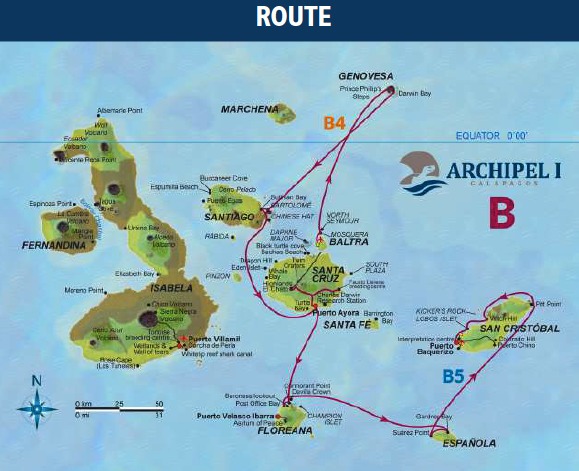
Day 1: Fly to Baltra, transfer to boat – Bachas beach (L,D)
Upon arrival at Baltra airport, all passengers have to pay the park entrance fee, collect any luggage and then head into the arrivals area.You meet your guide and it’s a short bus ride to the harbour.
In the afternoon, we visit Las Bachas. Located on the western side of Turtle Cove on Santa Cruz, these two small beaches are known for their soft, white sand made of decomposed coral, which provides an ideal nesting ground for sea turtles. Behind one of the beaches, small lagoons attract flamingos and coastal birds like black-necked stilts and rainbow-colored species. The other, larger beach features remnants of two abandoned warships, left behind by the U.S. during World War II when Baltra Island served as a strategic base for protecting the Panama Canal.
Head to the yacht for dinner and briefing.
Day 2: Genovesa – Darwin Bay – El Barranco (B,L,D)
El Barranco is a visitor site located on the southern part of Darwin Bay. The trail is made of volcanic rock and has a length of 1.5 km, which we will walk slowly in about 2 hours.
The youngest area of the island, from a geological point of view, is found here. The natural erosion that has occurred in these lava flows has transformed the place into an ideal spot for nesting Storm Petrels. We will see two species of petrels that nest in cavities and holes in the lava. One of the main predators of this place is the Short-eared Owl. The Nazca Booby is also present on this island.
During the panga ride along the cliffs we have can observe sea lions and other several species of seabirds.
Return to the boat for lunch.
Darwin Bay originated when the crater of the island collapsed below sea level. The wet landing (jumping from the panga to the shallow waters of the shore) is on a beautiful white coral sandy beach.
This island is a paradise for birdwatchers: Red-footed Boobies, Masked Boobies, Wandering Tattlers, Lava Gulls, Whimbrels and many more.
Continuing on the trail, we will climb to the edge of the cliff to see red footed-boobies nesting in the mangrove trees below. Bird watching includes sightings of sharp-beaked finches, large cactus and Ground Finches, Galapagos Doves, and Swallow-tailed Gulls.
Return to the yacht for a briefing and dinner.
Day 3: Bartolome – Santiago : Sullivan Bay (B,L,D)
Bartolomé Island is inhospitable to most plants and animals and many visitors say walking here is like stepping into a different world.
The dry landing is on a jetty, then the summit trail and stairs lead us on a 30-minute climb to the top of Bartolomé, a once active volcano. Along the way, we pause to marvel at lava bombs, spatter cones and cinder cones.
From the top of the wooden stairs, we can gaze out across the island for a panoramic view of the island and Pinnacle Rock, an eroded tuff cone. Crystal clear water is an invitation to snorkel from the beach with schools of tropical fish and Galapagos Penguins or take a zodiac ride to spot them.
In the afternoon, we visit Sullivan Bay, a landscape reminiscent of a moon landing. Its vast, barren lava fields may appear lifeless, but this unique site, a favorite among photographers, has much to reveal.
Life can still be found here! Green sea turtles nest on the small white-sand beach, where crabs, blue herons, and oystercatchers also make their home.
Return to the yacht for a briefing and dinner.
Day 4: Santa Cruz – Highlands – Charles Darwin Research Centre (B,L,D)
From the dry landing at Santa Cruz, we hop into a bus and drive up into the Highlands.
The scenery gradually changes as we wind our way through all seven vegetation zones found in Galapagos. Here more than anywhere, on the most populated islands on the Galapagos, the problems of introduced animals and plants are quite obvious. This part of the island is not National Park.
When we reach the highest point of the road, we are back in the National Park and we head to ‘El Chato’, a farm in the highlands where we can look out for the Galapagos Tortoises in their natural, and free, surroundings. There may be the chance to Los Gemelos, Spanish for ‘The Twins’, a pair of large pit craters where we find the bright red male Vermilion Flycatcher.
Next is our visit to the Fausto Llerena Breeding Centre. Here you will see tortoises that come from around the archipelago. They are bred in line with the captive breeding programme and then returned to the areas where numbers have been affected. The land iguanas of Santa Cruz, Isabela and North Seymour are also in a captive breeding programme, since populations in these areas have been negatively affected by feral dogs. The captive tortoises are accustomed to visitors, so it’s a great time to take photos with them
Return to the yacht for a briefing and dinner.
Day 5: Floreana – Cormorant Point – Devil's Crown– Post Office Bay – Baronesa Lookout (B,L,D)
At Punta Cormorant we find the probably best Flamingo lagoon in the Galapagos. It is located between two tuff lava cones that give the area a particular atmosphere.
Floreana has two very different and distinct beaches: “The Green Beach” (with a high percentage of olivine crystals in the sand) and the “Flour Sand Beach” which is made up of coral.
Devil’s Crown is one of the best snorkelling spots in the Galapagos thanks to the coral reef in its centre, which attracts a lot of marine life. If you’re lucky you’ll see Galapagos penguins, sea lions, sea turtles, lots of colourful fish and maybe even some dolphins. NB The current can be at times be strong and should not be attempted by novice swimmers.
After lunch, we continue to the Post office Bay & Baroness Lookout. Historically, this site is the old location of a wooden barrel that was placed in the 18th century by the crew of a whaling ship. It has been used since then by sailors and tourists as a post office. The idea is that each passing person carries the letters or postcards directed to his/her destination by hand.
We continue to the north of the island to then ascend to an elevated slope to enjoy a view from the Baroness lookout. It is said that Baroness Eloisa Von Wagner loved this place and spent several hours watching the landscape, which covers the coastline from the Enderby islet to Post Office Bay, as well as Cerro Pajas, the pool of flamingos and wide forest of Palo Santo.
Back aboard for dinner and briefing.
Day 6: Española : Osborne Islet, Gardner Bay - Suarez Point (B,L,D)
Wet landing on a wonderful, long, white beach made of coral sand at Gardner Bay (Española). For this visit you won’t even need shoes, it’s so soft underfoot, and there is no trail to follow so you can take a long walk and explore a bit. Playa Gardner is a very good place to observe finches and mockingbirds in the saltbush vegetation, and there is some great swimming and snorkelling from the beach, where curious sea lions are never far off. Some will even launch with you from the beach and into the water.
The fantastic white beach at Gardner Bay is an important breeding site for Pacific green turtles. However, without a doubt, its main attraction is the Galapagos sea lion colony.
Females stay year-round in this nursery, suckling their pups until they are three years old, although they start to fish at five months. During the breeding and mating season, the colony becomes even more extensive.
Return to the yacht for lunch.
Sea lions will usually give a noisy greeting to us as we make a dry landing on a jetty at Punta Suarez and head to the beach. Curious Hood Mockingbirds may peck at our shoelaces.
From April to December, the Waved Albatross, found only on Española, perform their wild mating ritual. Colonies of Blue-footed Boobies show off for potential mates, Nazca Boobies care for their young while at night the stunning Swallow-tailed Gull – the only nocturnal gulls in the world that fish at night – take to the air. There’s more – Darwin’s Finches, Galapagos Doves and Galapagos Hawks, plus a unique species of marine iguana with traces of red and green colourings.
A real highlight is the blowhole. Here, the seawater is pushed through a fissure in the cliff under great pressure. Depending on the waves and tide levels, the blowhole can force water up to 25m/82ft into the air.
Return to the yacht for a briefing and dinner.
Day 7: San Cristobal : Pitt Point – Cerro Brujo (B,L,D)
Punta Pitt is located on the northern part of San Cristobal Island.Here we can find endemic species such as the lava lizard and the Red-footed Booby. We walk to the high part of the island for an impressive view.
Cerro Brujo is a breathtaking white coral beach, considered one of the most spectacular in Galapagos and perfect for a peaceful walk with expansive views and good bird watching. There is the opportunity to snorkel or kayak from the beach or swim with sea lions as well as the Zodiac ride.
Back aboard for our farewell dinner!
Day 8: Los Lobos, transfer to airport, fly out (B)
Our last trip of the tour!
Isla de Lobos is a dry landing onto a jetty, and a small spittoon of beach and land with a lovely sheltered cove for snorkelling. Here you’ll see nesting Frigatebirds and Blue-footed Boobies and sea lions.
Alas, it’s time to say goodbye. Your guide accompanies you to the airport and you fly back to the continent, or stay on for more Galapagos exploration.
Prices From $5,150 / £4,187 per person
What's Included?
Accommodation, all meals plus purified water, tea and coffee, snacks, naturalist bilingual Galapagos guides level II/III, shore excursions, snorkelling equipment, transfers in the islands between the airport and dock
What's Not Included?
International flights, round trip flights to the Galapagos Islands, Galapagos National Park fee, Galapagos Ingala fee, soft and alcoholic drinks, personal items, souvenirs, tips, wetsuit hire, travel insurance, personal items, Ecuador services
Accommodation
The Archipels both have eight spacious cabins on the main deck, twin or double, all lower beds.
Every cabin includes windows looking to the ocean, private bathroom facilities with hot/cold water shower and air conditioning.
On the main deck, the Archipells also offer ample resting areas, library, TV-DVD room, comfortable dining room and lounge.
On the upper deck, or sun deck, area we find the ample sundeck for all to relax.
Tour Staff
The crews are “Galapagueños”, guides, captains and crew members were born and raised in the Galapagos Islands.
They know the area well and are prepared to show you the islands only like a native can do it.
The Naturalist-English speaking guides have studied and been trained at Charles Darwin Scientific Station, and have long years of experience guiding at the Galapagos Islands.
Meals
The boat uses as much locally sourced produce as possible, including fish, coffee, eggs, fruits and meat farmed in Galapagos, to reduce carbon footprints and make sure the best ingredients are used.
The chef prepares three main meals a day, with snacks and drinks available after activities.
All dietary requirements can be catered for, vegetarians, vegans, lactose intolerant and more.
Breakfast usually features a juice, tea and coffee, toast, jams, eggs and pastries.
Lunch will include soups, then a main meal of rices, pastas, fish, omelettes and many more options, and often a small pudding.
Dinner will again be a hearty affair, with a starter, main meal and pudding, with water, teas and coffees available.
There is a bar with beers and cocktails available at extra cost.
Activity Level
Walks
Every visit to each island involves an easy or moderate walk, which can last between 2 to 3 hours, and are not considered strenuous. On these walks you will be led by an expert naturalist guides in a small group along clearly marked trails. They will explain in great detail all the wonders of each of our carefully selected itineraries. Most days there are two guided walks on a specific island where you will be able to walk and hike on beaches, lava fields, alongside cliffs and around mangrove estuaries.
Snorkelling
Snorkelling in the Islands is the highlight of the Galapagos cruise for many of our guests. You have the opportunity to go snorkelling almost every day – snorkelling with marine iguanas and with playful sea-lions are some of the highlights, as well as with green sea turtles, penguins and an incredible variety of colourful reef fish. On the western islands the water is a little colder but teaming with life. There are beach snorkels for beginners and deeper waters.
Zodiac rides
Dinghies, or “Pangas” as they are known in Galapagos, are inflatable zodiacs that serve as the main transportation method from our Galapagos yachts to the visitor sites. At several times during your week-long Galapagos travel adventure, you will have the chance to enjoy dinghy (or panga) rides in shores, mangrove estuaries, coves and caves.
Practical Information
Is this the cruise for me?
Classic catamaran with new ownership, this is a very stable boat with very comfortable, modern cabins.
Introduction to Galapagos
These magical islands comprise of 50 volcanic islands of varying shapes and sizes, which lie 1,000 kilometres off the coast of Ecuador.
Here, unlike anywhere else on Earth, you can enjoy a thousand close encounters with a weird and wonderful variety of ‘friendly locals’, including giant tortoises, fur seals, sea iguanas, frigate birds and blue-footed boobies.
Read our Galapagos Islands Guide and more about diving.
In 1535, Tomás de Berlanga, Bishop of Panama, floated into this archipelago and named it Galapagos after the giant tortoises he encountered. Pirates used the islands for refuge and to bury their stolen treasure after that.
The islands’ most celebrated visitor was Charles Darwin, who arrived aboard the HMS Beagle in 1835. The rare life forms he encountered helped him formulate his theory of evolution, which he published in The Origin of Species by Means of Natural Selection.
It wasn’t until 1959 when it became part of Ecuador’s national park system that this fragile ecosystem with its rare and endemic species came under protection.
In 1979 the Galapagos archipelago was declared a UNESCO World Heritage Site.
Weather in Galapagos
When to visit Galapagos Islands: weather and wildlife
There is no real ‘best’ time to visit Galapagos on holiday as there is always wonderful wildlife and weather to enjoy. Read our blog for more.
Most animals – tortoises, sharks, sea lions and boobies – are found year round and many of the species here are non-migratory.
The Galapagos Islands are located right on the equator so air and water temperatures do not vary by much.
Having said that, there are two recognised seasons, and each months brings natural marvels for the visitor to enjoy.
Below is our quick guide to the weather and wildlife you can find on the Galapagos Islands.
General weather information
The warm season (Jan-Jun)
- Calm, clear warm waters, great for snorkelling, often without a wetsuit.
- Great weather, with February and March being the hottest and sunniest months with blue skies and sunshine.
- Occasional heavy bursts of rain in the afternoons.
Sea temperatures: 22-25°C / 72-77°F
Land temperatures: 21-32°C / 72-90°F
The dry ‘garua’ season (Jun-Dec)
- It’s a great time for marine life in the cooler seas. Snorkellers may want a wetsuit.
- August and September the coolest when you may need a jacket in the evenings and the sea can be choppy.
- There can be mist on the islands in the mornings (garua) which usually burns off by midday leaving overcast skies or a sunny afternoon.
Sea temperatures: 15-22°C / 60-72°F
Land temperatures: 18-24°C / 65-75°F

Air and sea temperatures in Galapagos, month-by-month
Galapagos flights
You have to arrive in Quito or Guayaquil at least the night before your flight to the Galapagos.
Flights to Galapagos leave from from Quito or Guayaquil early in the morning on the first day of your tour, landing Galapagos around midday.
There are two intercontinental airports on the Galapagos one is on Baltra Island and the other is on San Cristobal Island and is also known as the Baquerizo Moreno Port.
Flights are usually included in your package to ensure all passengers are arriving at the same time on the same flight and into the correct airport.
On Isabela Island there is a landing area available only to inter-island flights for small planes.
Flights from the Galapagos back to Quito or Guayaquil usually leave around midday or later (depends on the vessel).
You can sometimes connect in Guayaquil with a flight home on the same day you leave Galapagos.
Please check times with us before booking any flights – you need to make sure that the Guayaquil departure is in the late evening / night. If you miss the connection in Guayaquil, your international airline may or may not switch you to the next available flight.
Galapagos single travellers
Almost all boat cabins are for double occupancy, with only a few boats offering a single cabin with no supplement. Demand is high for these cabins, so you need to plan in advance.
The only other way to guarantee a double cabin for single occupancy is by paying at least a 50-100% supplement of the cruise rate, depending on the boat.
A single passenger can avoid the supplement by sharing a cabin with another single passenger. Most boats offer same gender cabin shares, but some offer mixed cabin shares.
Single supplements for hotel-based trips are usually a lot lower.
Prices From $5,150 / £4,187 per person
2025 prices, per person, shared Ocean View cabin
8 days (Mon-Mon/Thu-Thu) USD 5,150 per person
5 days (Mon-Fri) USD 3,195 per person
4 days (Mon-Thu) USD 2,325 per person
High season supplement applies
Single supplement applies
Please ask about promotional rates
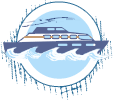
Dates & Prices
Prices From $5,150 / £4,187 per person
2025 prices, per person, shared Ocean View cabin
8 days (Mon-Mon/Thu-Thu) USD 5,150 per person
5 days (Mon-Fri) USD 3,195 per person
4 days (Mon-Thu) USD 2,325 per person
High season supplement applies
Single supplement applies
Please ask about promotional rates
Can’t find what you’re looking for? Get in Touch
+44 (0)131 378 5593
+44 (0)131 554 6025



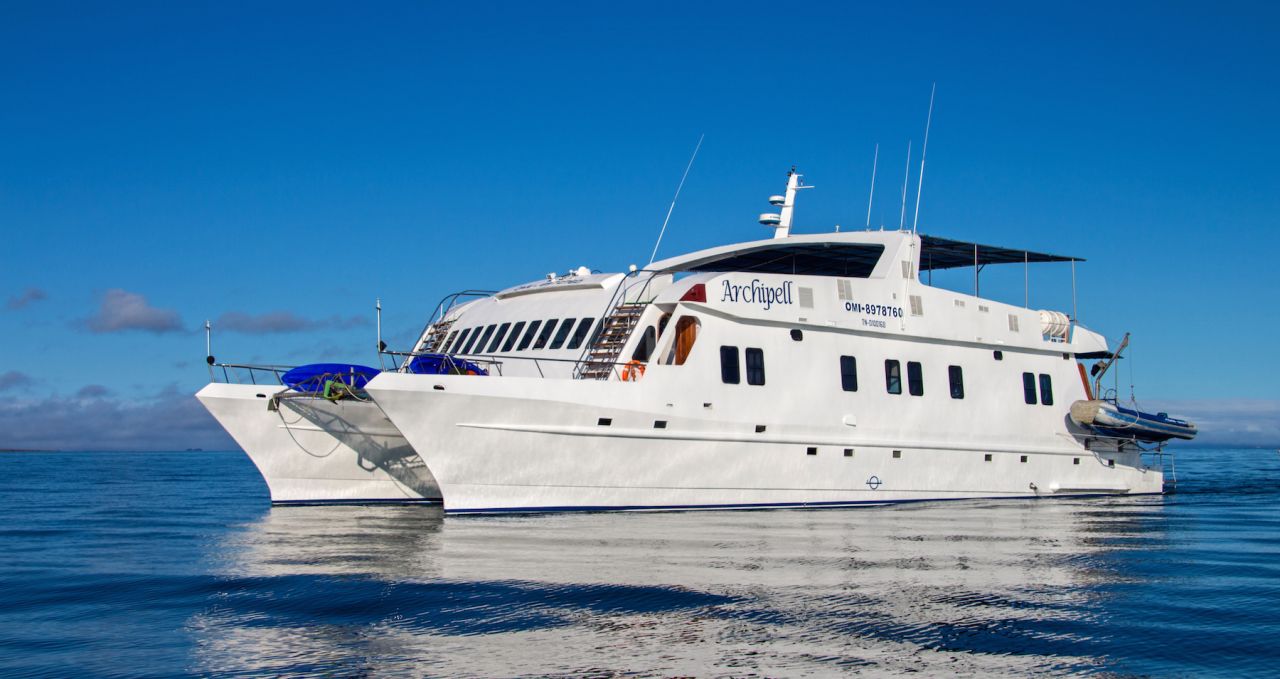
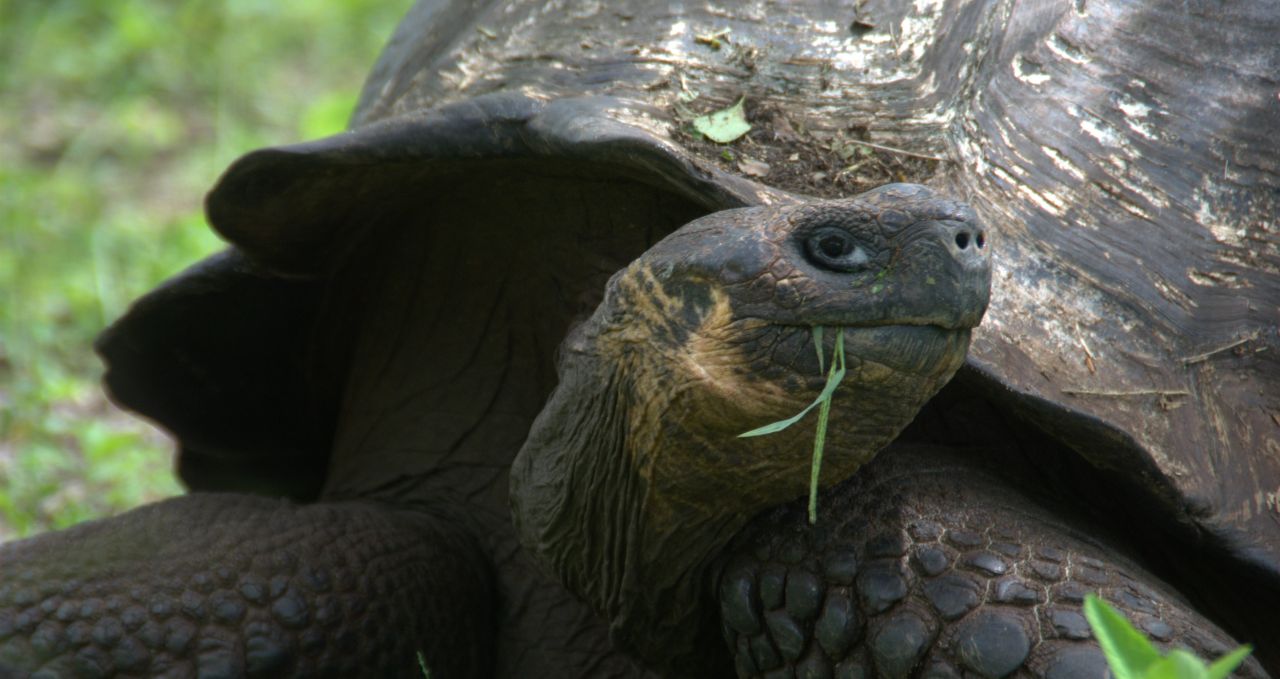
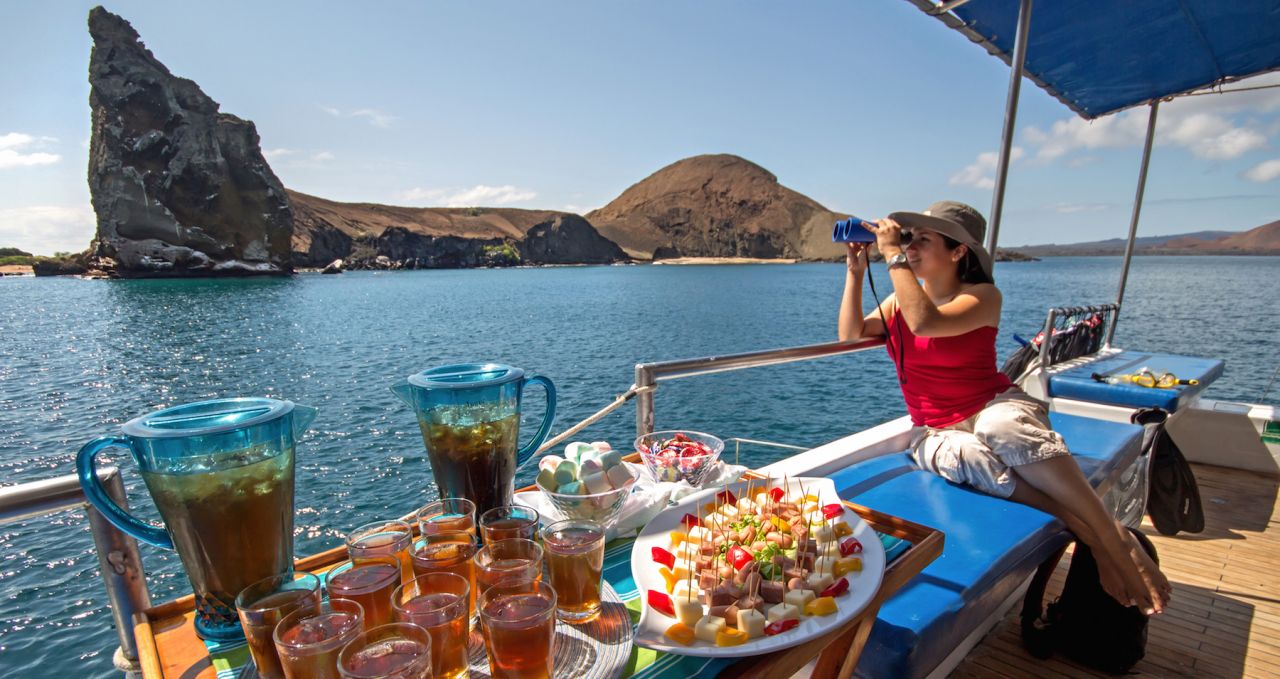
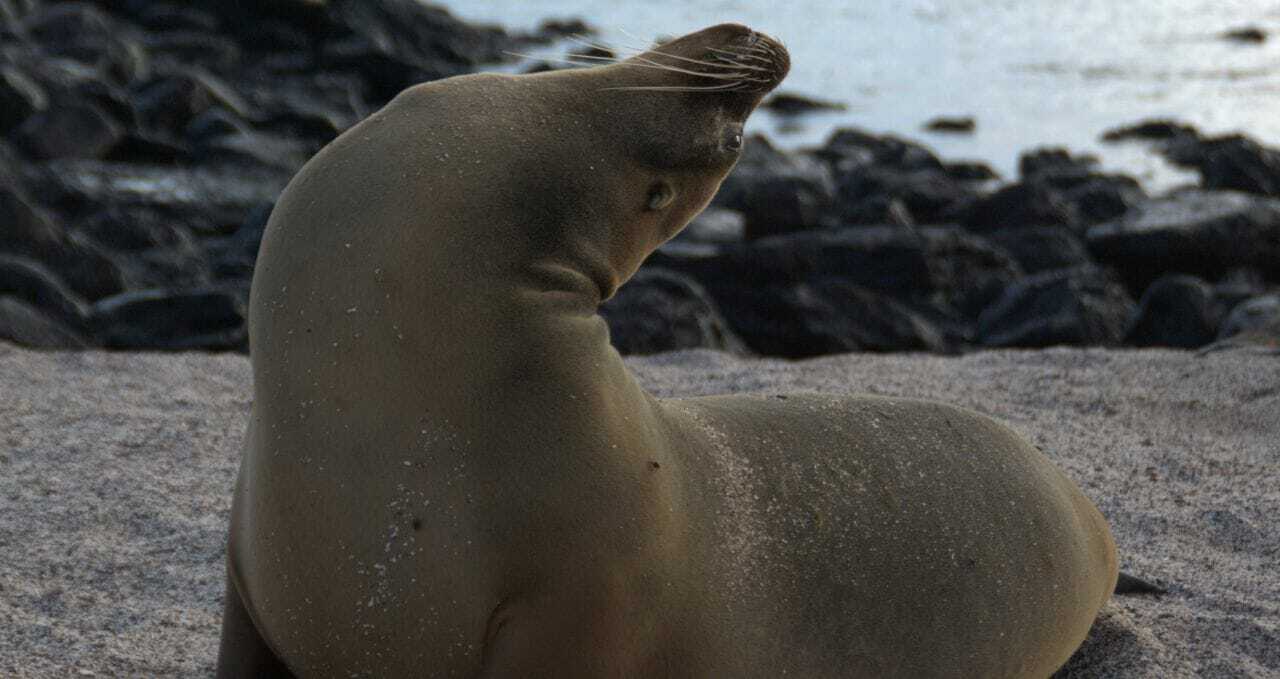
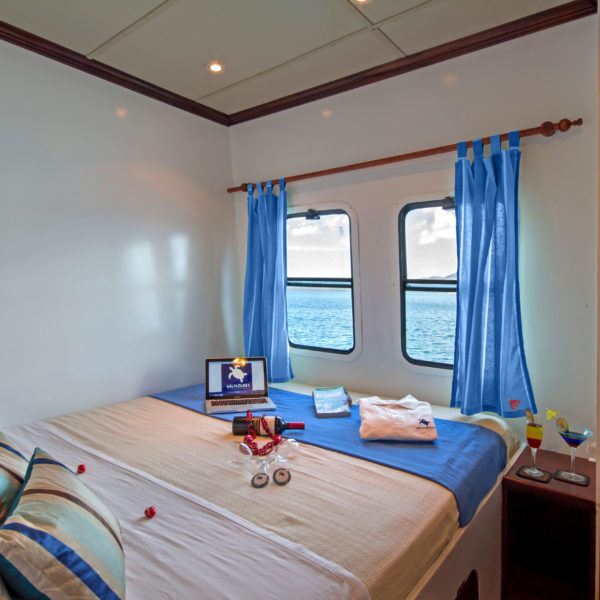
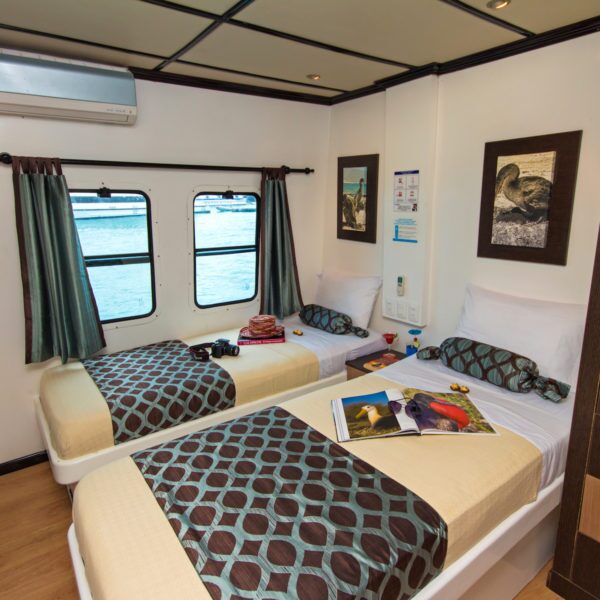
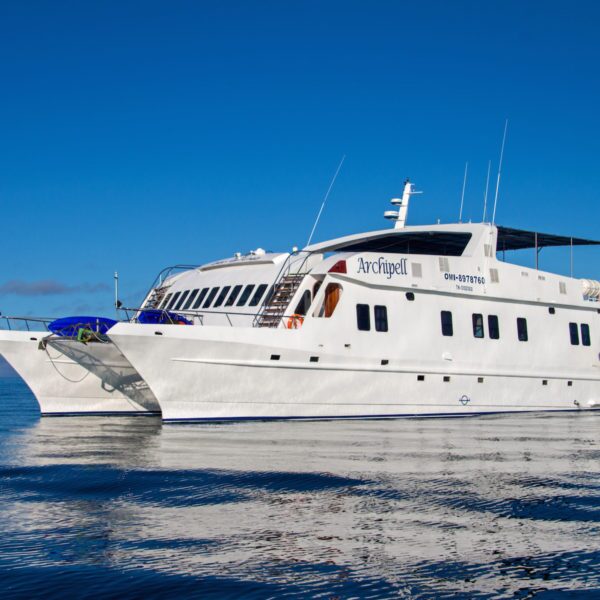
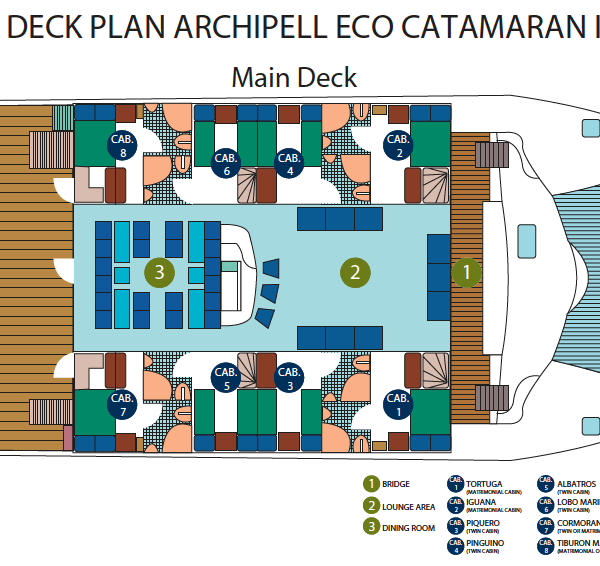
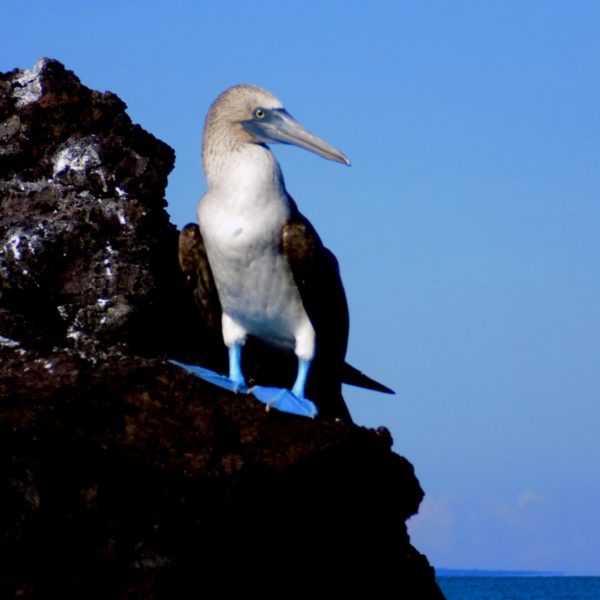
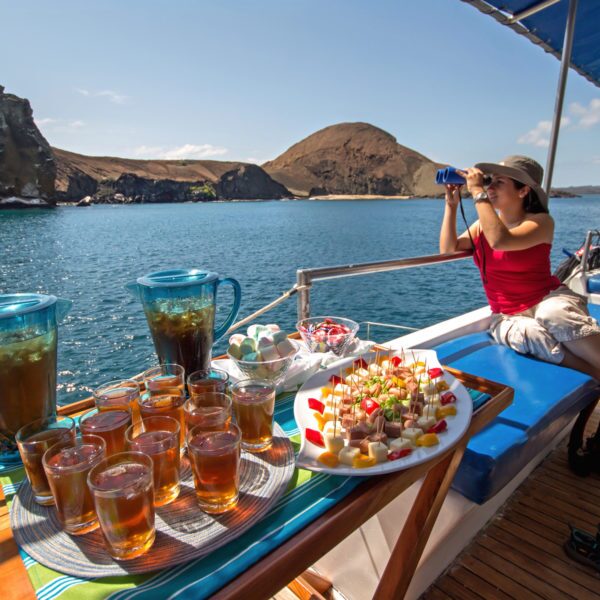
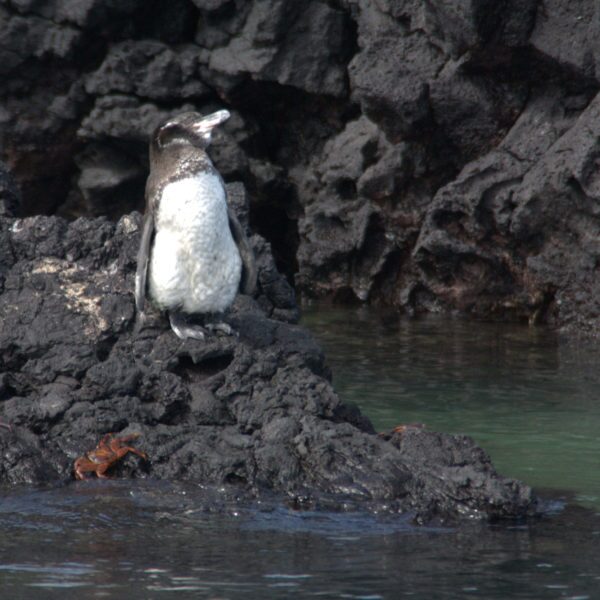
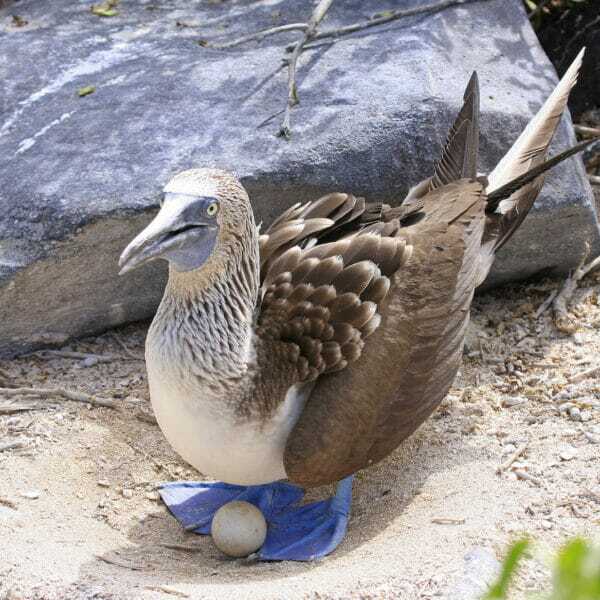
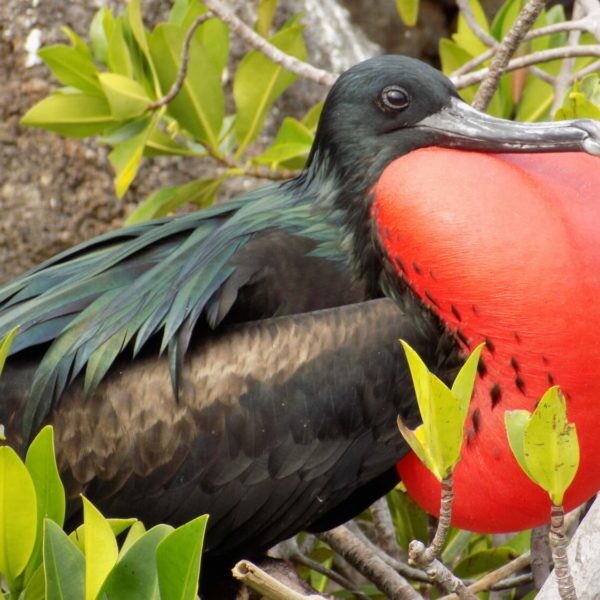
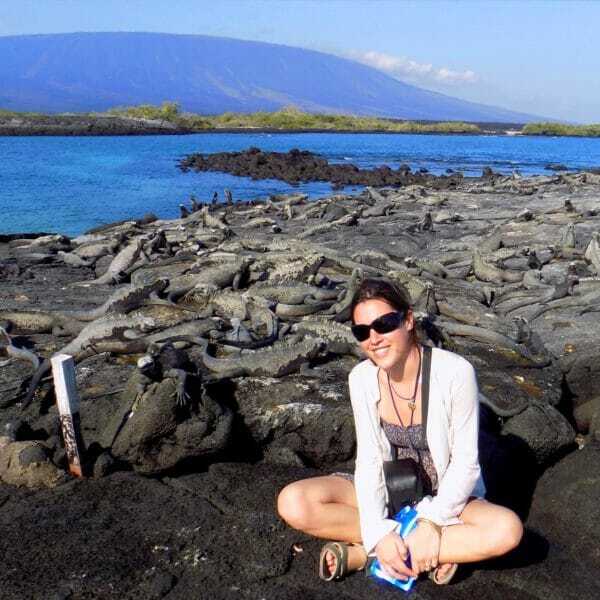
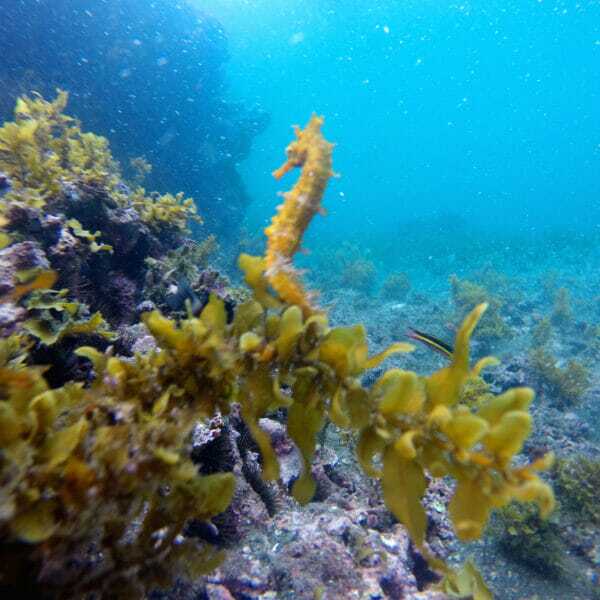
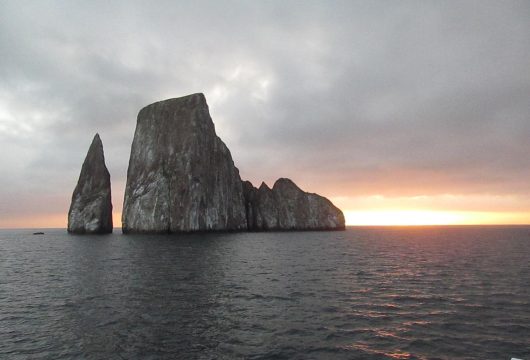

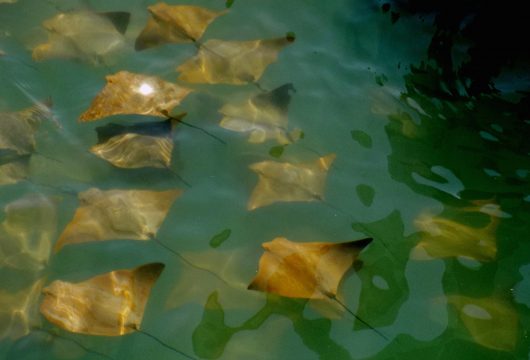
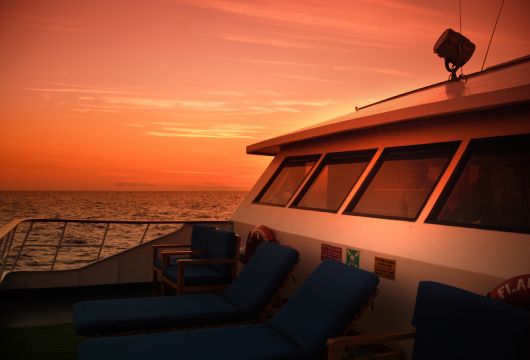
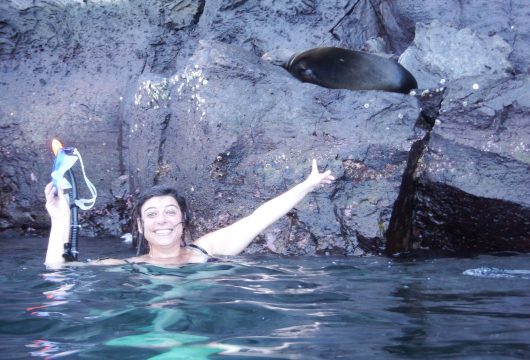
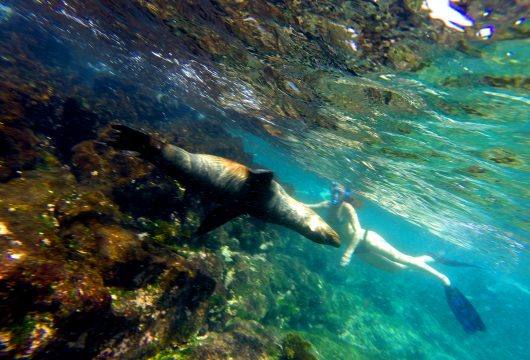
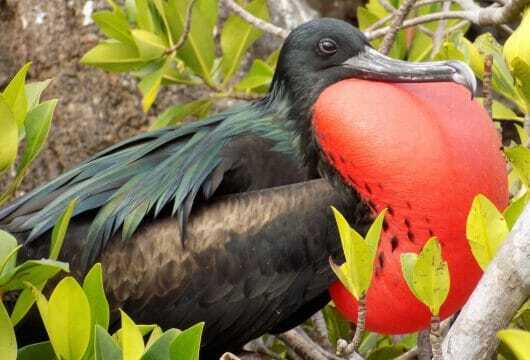
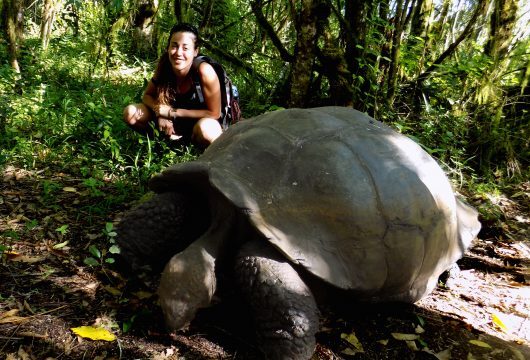
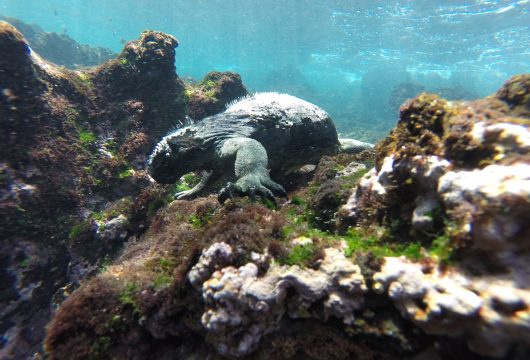
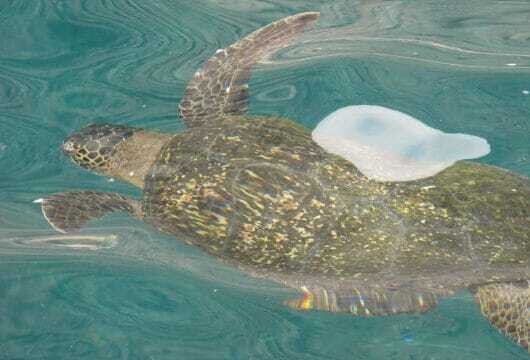
 a Group Tour
a Group Tour 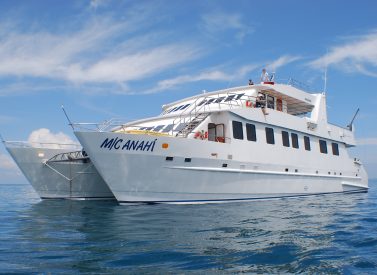
 a Tailor Made Tour
a Tailor Made Tour 